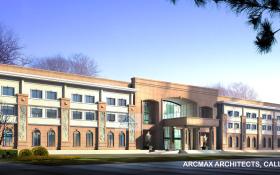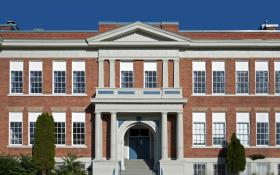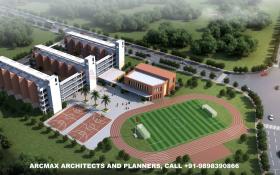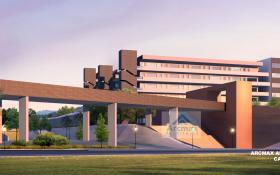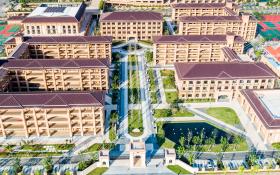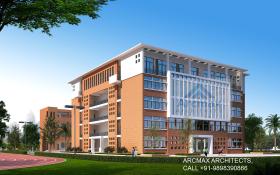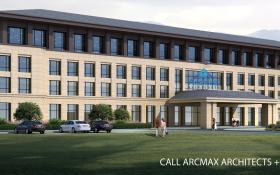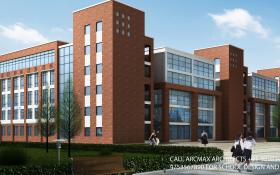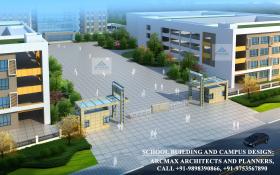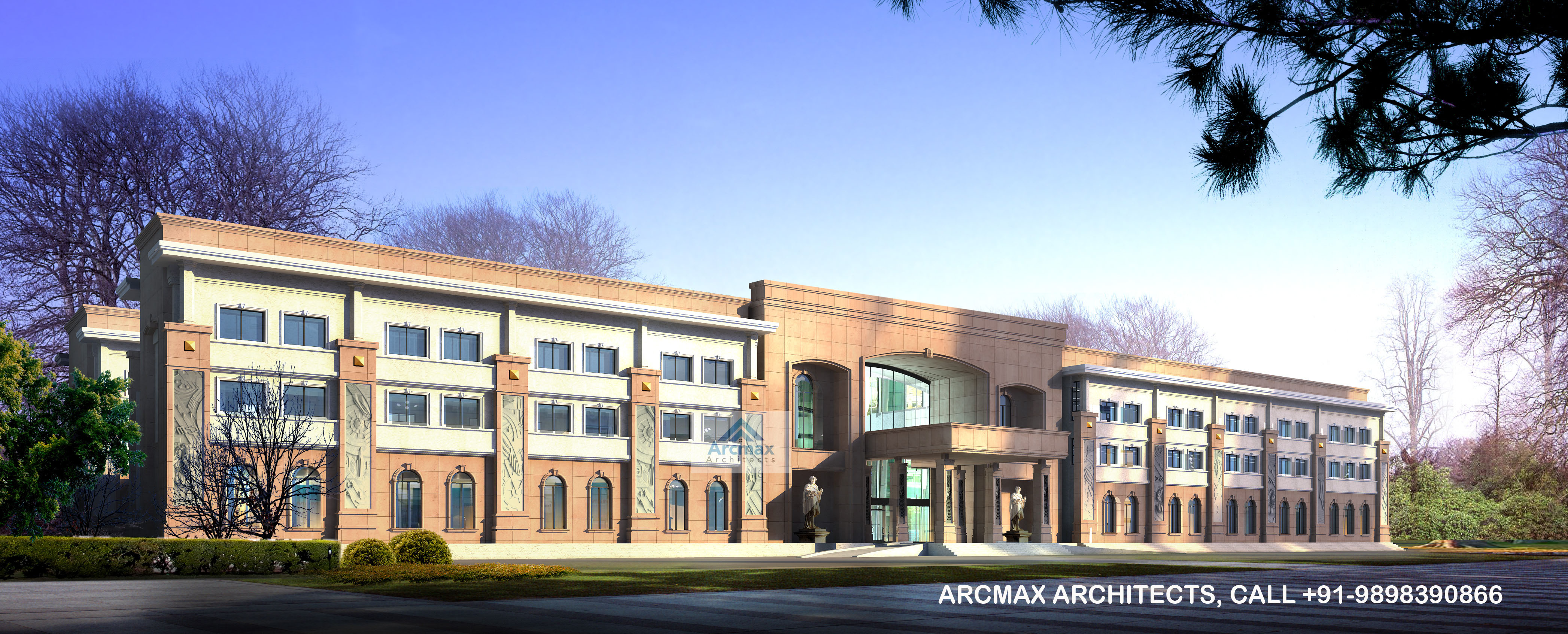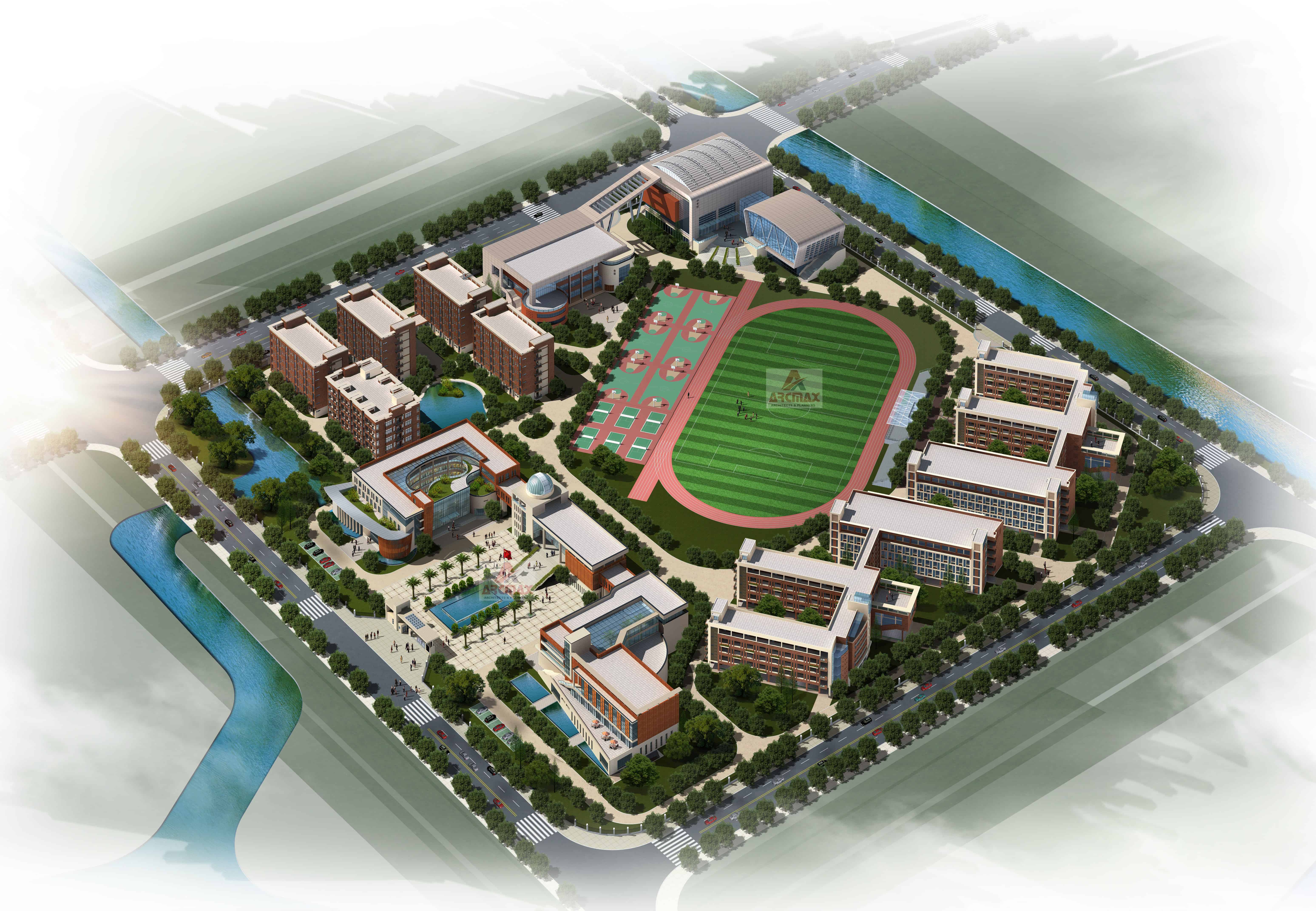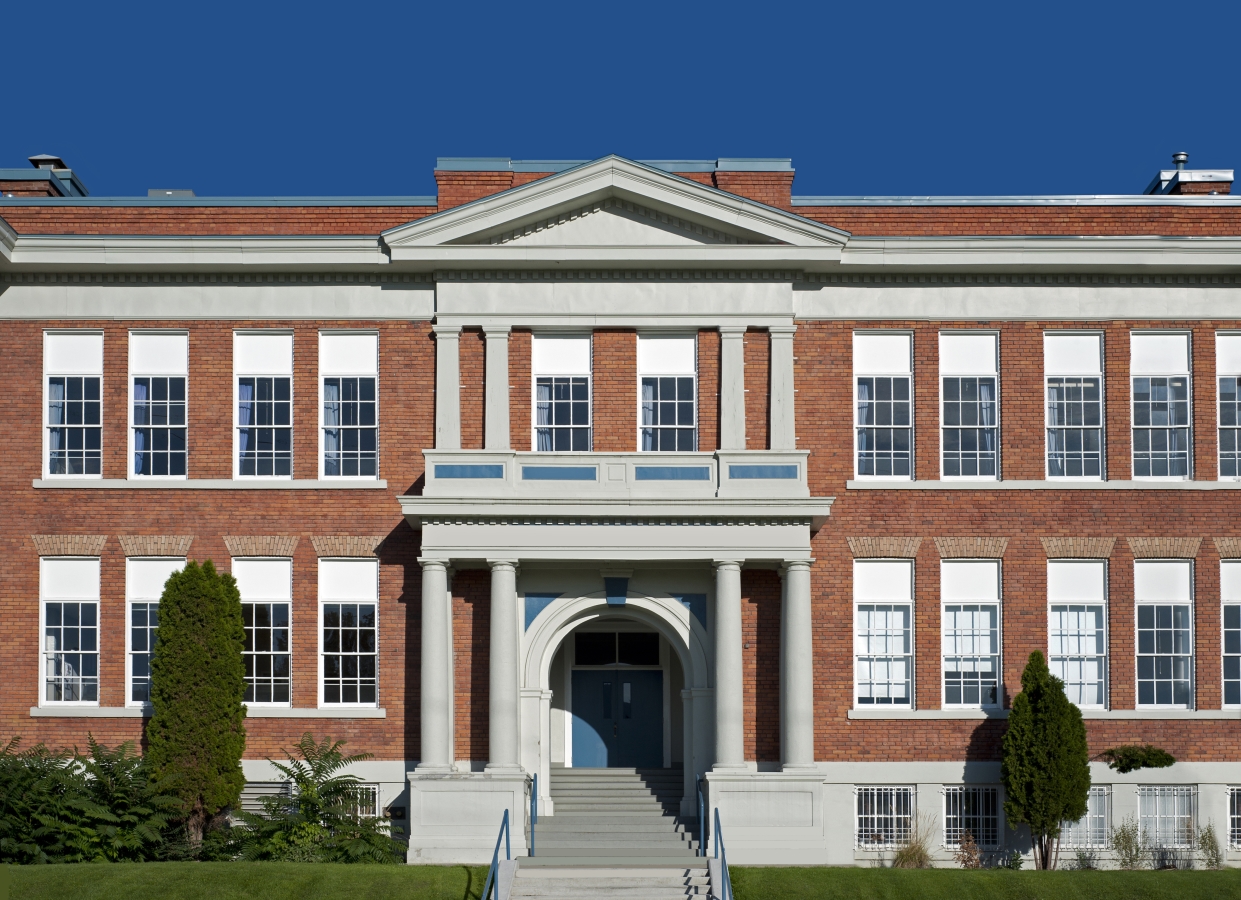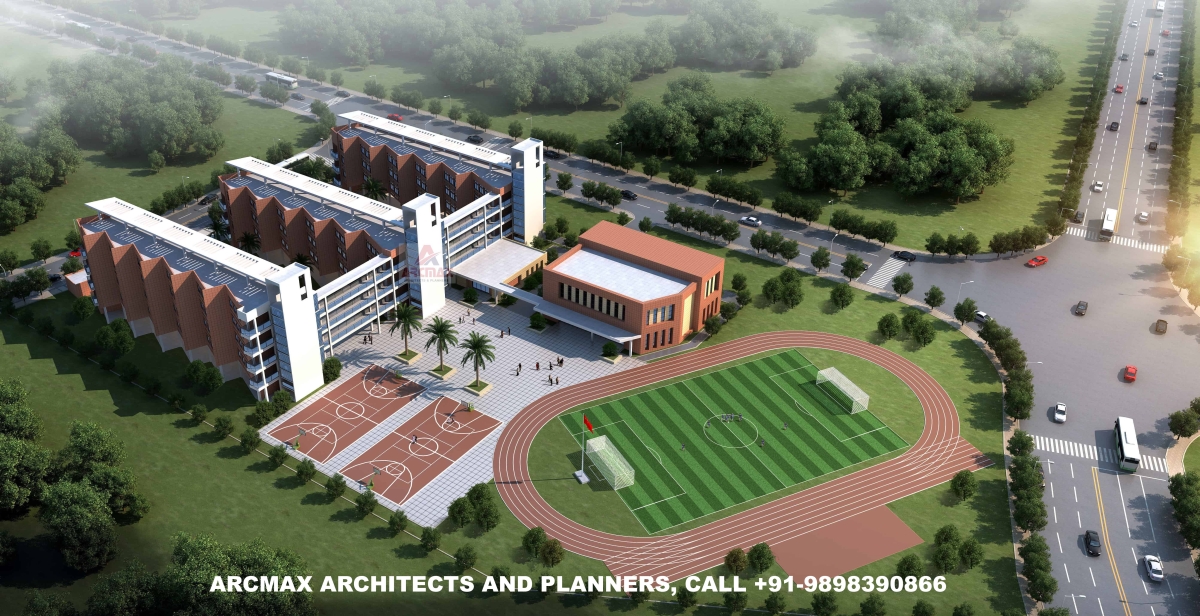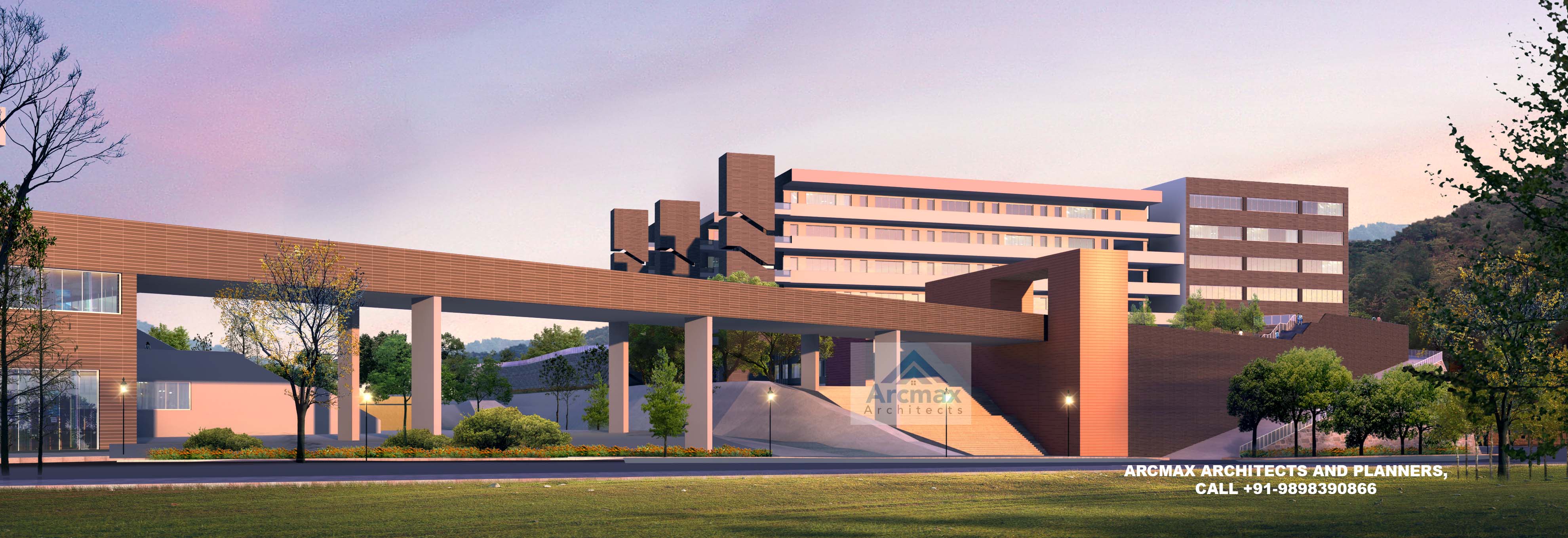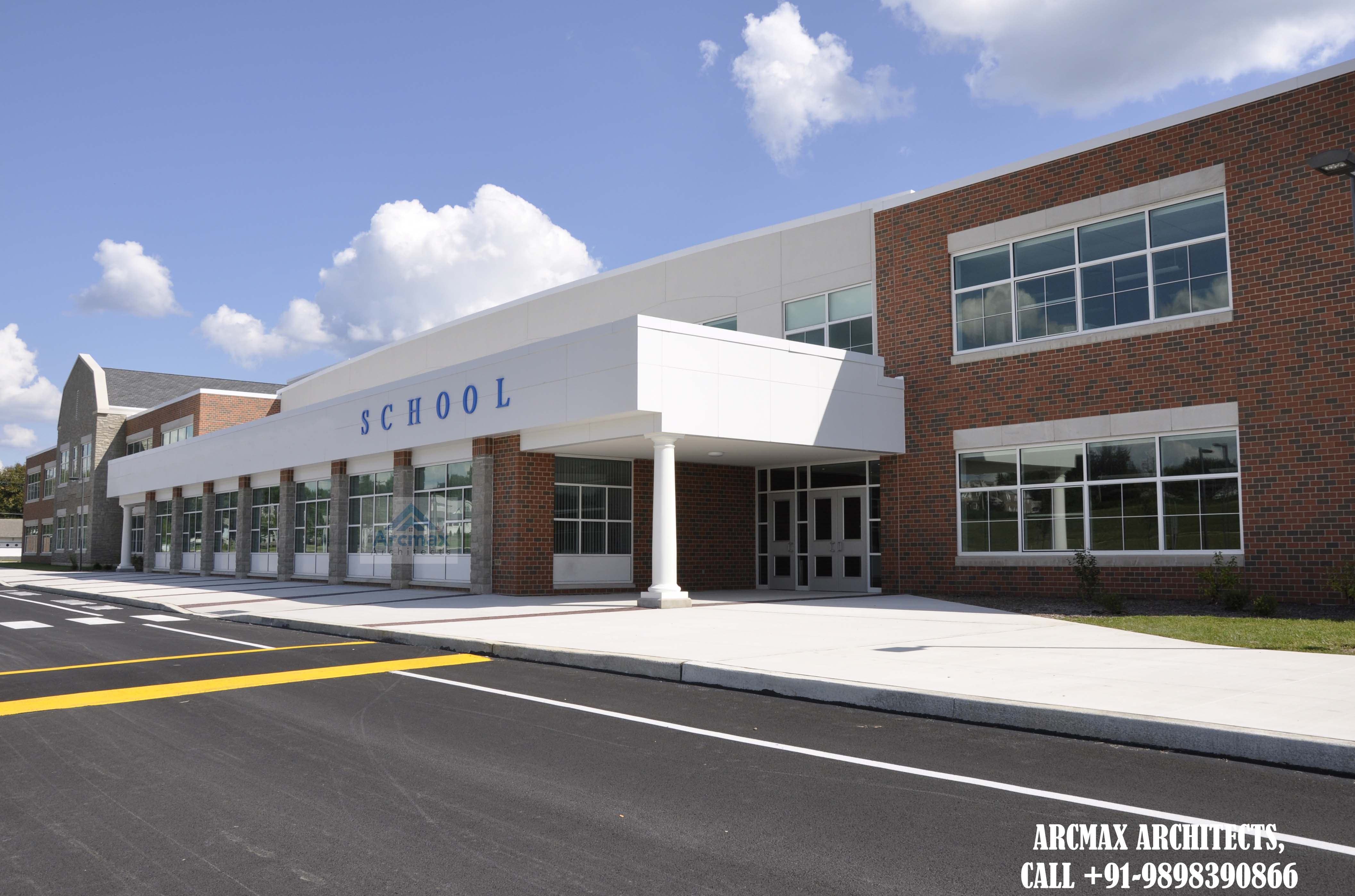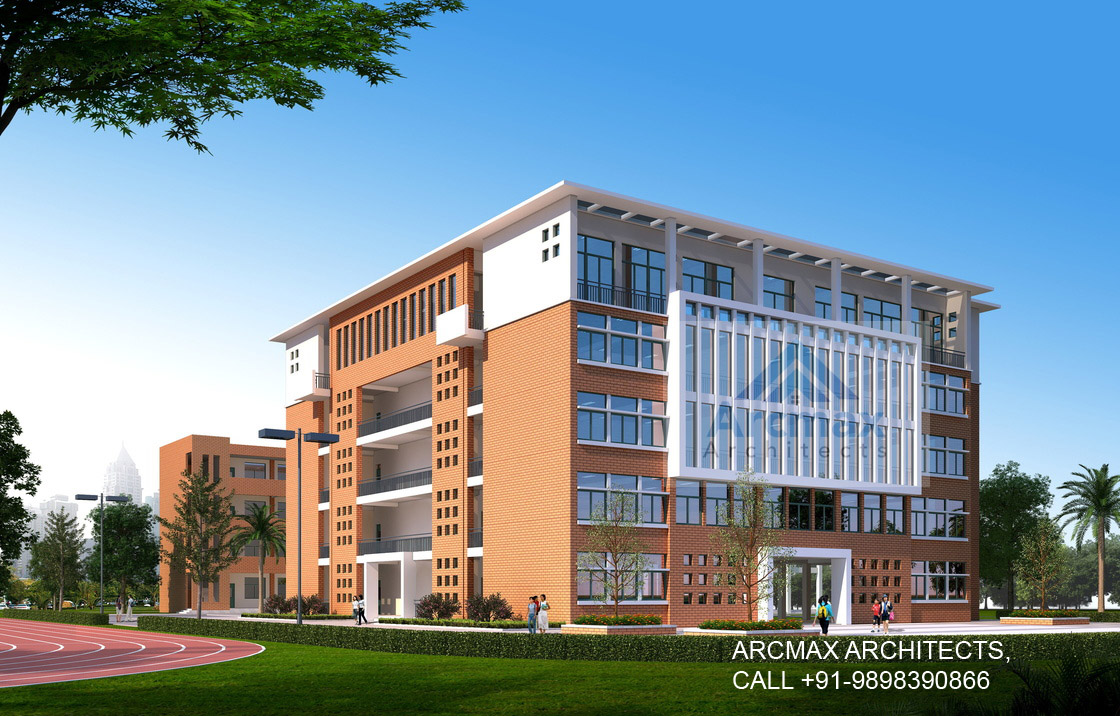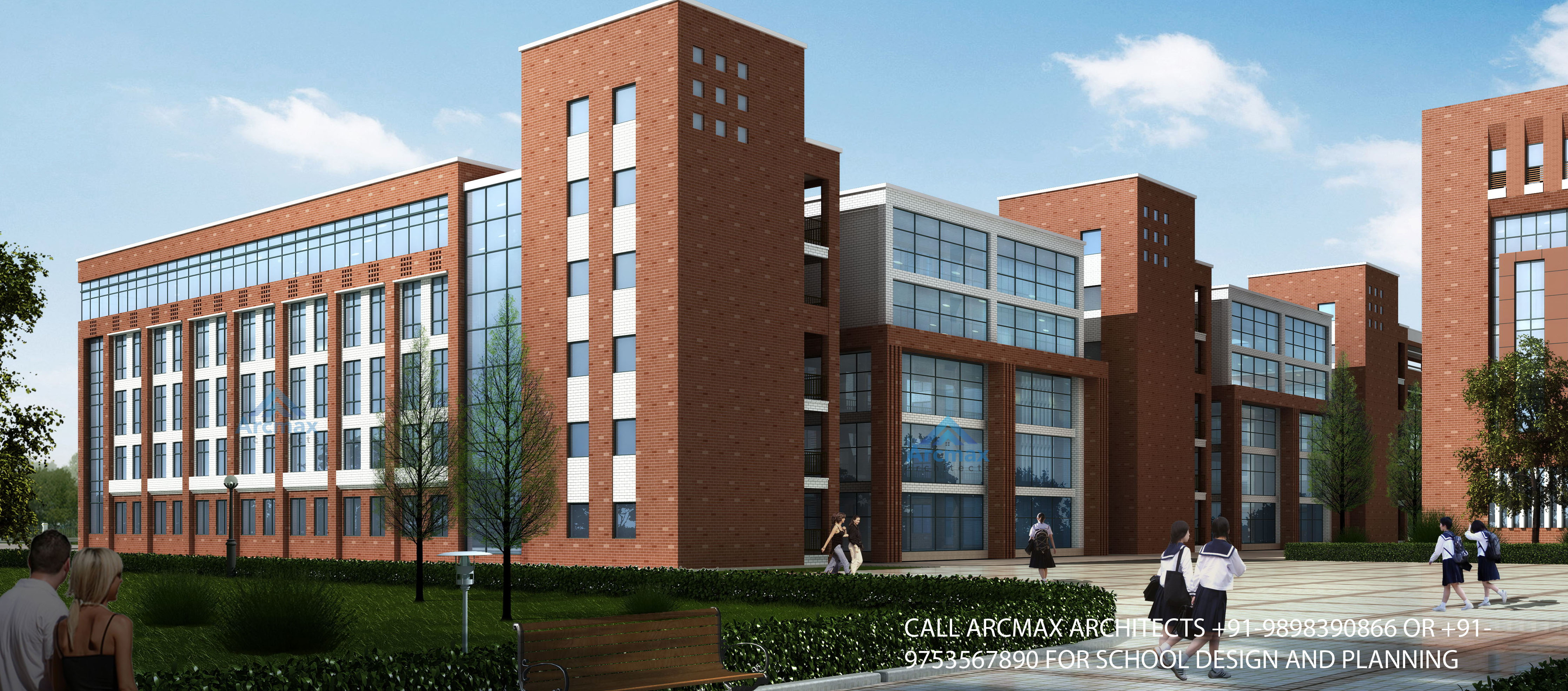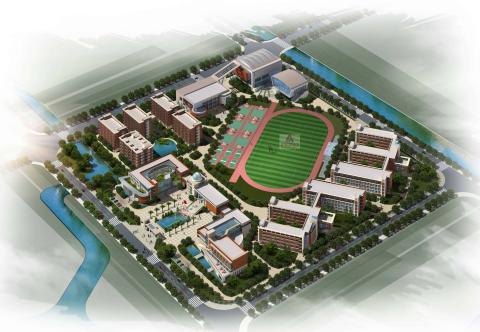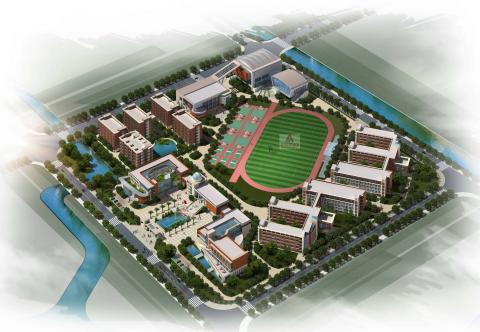Boarding School Design Trends: Enhancing Education through Architecture Planning: Call +91-9898390866 for Boarding school design and Planning in Ahmedabad, Delhi, Mumbai, chennai, Bangalore, Raipur, Indore, surat, Bhopal and Nagpur India
Boarding School Design Trends: Enhancing Education through Architecture
As education evolves, so does the design of educational institutions. Boarding schools, in particular, are adopting innovative architectural trends to create an environment that fosters optimal learning experiences. The design of a boarding school plays a crucial role in shaping the educational journey of its students, influencing everything from their emotional well-being to their academic progress.
In today's article, we will explore the latest boarding school design trends that are revolutionizing education through architecture. From sustainable buildings that promote environmental consciousness to flexible spaces that encourage collaborative learning, these design concepts aim to enhance the overall educational experience.
Customization is becoming increasingly important, with schools focusing on accommodating various learning styles and providing personalized spaces for students. Additionally, safety and security are paramount, and today's boarding school designs integrate advanced technologies to ensure the well-being of students and staff.
Join us as we delve into the fascinating world of boarding school design trends and discover how these innovations are positively impacting education. Learn how architecture can create an inspiring and transformative learning environment for students, fostering their growth, creativity, and success.
Understanding boarding school design
Boarding school design goes beyond aesthetics, focusing on creating an environment that supports the unique needs of students living and learning on campus. The architecture of a boarding school should foster a sense of community, promote personal growth, and provide a safe and inspiring space for students to thrive.
Designers are now placing a greater emphasis on customization, recognizing that each student has different learning styles and preferences. This means creating personalized spaces that cater to individual needs, allowing students to feel comfortable and supported in their educational journey.
The evolution of boarding school architecture
Boarding school architecture has come a long way over the years. Traditional designs often featured imposing structures with rigid layouts, reflecting a more authoritarian approach to education. However, modern boarding schools are breaking away from this model and embracing more fluid and student-centric designs.
Contemporary boarding school architecture focuses on creating spaces that promote engagement, collaboration, and creativity. Open floor plans, flexible classrooms, and communal areas encourage interaction among students and foster a sense of belonging. The evolution of boarding school architecture is closely tied to the changing educational philosophies and pedagogical approaches.
Current design trends in boarding schools
1. Incorporating Technology in Boarding School Design
In today's digital age, technology plays a crucial role in education. Boarding schools are integrating advanced technologies into their design to enhance the learning experience. Smart classrooms equipped with interactive whiteboards, audiovisual systems, and video conferencing capabilities enable teachers to deliver engaging lessons and connect with students even when they are off-campus.
Additionally, schools are investing in high-speed internet connectivity throughout the campus, ensuring that students have access to online resources and can collaborate with peers and educators seamlessly.
2. Creating Flexible and Collaborative Learning Spaces
Boarding schools are moving away from traditional, rigid classroom setups and embracing flexible learning spaces. These spaces can be easily reconfigured to accommodate different teaching methods and activities. Furniture on wheels, movable partitions, and modular designs allow for quick adjustments, fostering a sense of adaptability and encouraging collaboration among students.
Collaborative learning spaces, such as project rooms and maker spaces, are becoming increasingly popular. These areas provide students with the opportunity to work together, engage in hands-on projects, and develop critical thinking and problem-solving skills.
3. Promoting Sustainability and Environmental Consciousness
With the growing concern for the environment, boarding schools are prioritizing sustainable design practices. Green buildings not only reduce the carbon footprint but also provide a healthier and more productive learning environment for students.
Design elements such as energy-efficient lighting, natural ventilation, and the use of renewable materials contribute to the overall sustainability of the school. Additionally, boarding schools are incorporating outdoor learning spaces and gardens, allowing students to connect with nature and develop a deeper appreciation for the environment.
Incorporating technology in boarding school design
The design of a boarding school can significantly impact the emotional and physical well-being of its students. Architects are now paying closer attention to creating spaces that promote positive mental health, comfort, and overall wellness.
Natural light is a crucial aspect of well-designed boarding schools. It not only enhances the aesthetic appeal but also improves mood and concentration. Large windows, skylights, and light wells allow ample natural light to flood the spaces, creating a warm and inviting atmosphere.
In addition to natural light, adequate ventilation and acoustic control are essential for a healthy learning environment. Proper ventilation ensures fresh air circulation, reducing the risk of airborne illnesses and improving cognitive function. Acoustic control minimizes distractions and creates a calm and focused atmosphere.
Creating flexible and collaborative learning spaces
1. Phillips Exeter Academy, New Hampshire, USA
Phillips Exeter Academy is renowned for its Harkness teaching method, which emphasizes student-led discussions. The school's design reflects this philosophy, with classrooms arranged in a circular shape around a central table. This layout encourages dialogue and collaboration, creating an immersive learning experience for students.
2. UWCSEA Dover, Singapore
UWCSEA Dover is a leading international boarding school that focuses on sustainability and environmental consciousness. The school's design incorporates green roofs, rainwater harvesting systems, and energy-efficient features. It also boasts extensive outdoor learning spaces, including an edible garden and a biodiversity pond, providing students with hands-on experiences in sustainability.
Promoting sustainability and environmental consciousness
Boarding school design is continually evolving, adapting to the changing needs and expectations of students. The future of boarding school architecture lies in creating spaces that prioritize individualized learning, foster collaboration, and promote sustainability. As technology advances, we can expect to see more integrated smart systems and immersive learning environments.
By embracing these design trends, boarding schools can create inspiring and transformative learning environments that nurture the growth, creativity, and success of their students. Through thoughtful and innovative architecture, education can transcend the traditional classroom setting, shaping the future of learning.
Enhancing student well-being through design
As education evolves, so does the design of educational institutions. Boarding schools, in particular, are adopting innovative architectural trends to create an environment that fosters optimal learning experiences. The design of a boarding school plays a crucial role in shaping the educational journey of its students, influencing everything from their emotional well-being to their academic progress.
In today's article, we will explore the latest boarding school design trends that are revolutionizing education through architecture. From sustainable buildings that promote environmental consciousness to flexible spaces that encourage collaborative learning, these design concepts aim to enhance the overall educational experience.
Customization is becoming increasingly important, with schools focusing on accommodating various learning styles and providing personalized spaces for students. Additionally, safety and security are paramount, and today's boarding school designs integrate advanced technologies to ensure the well-being of students and staff.
Join us as we delve into the fascinating world of boarding school design trends and discover how these innovations are positively impacting education. Learn how architecture can create an inspiring and transformative learning environment for students, fostering their growth, creativity, and success.
Case studies: Successful examples of boarding school design
In recent years, there has been a growing emphasis on sustainability and environmental consciousness in boarding school design. Schools are incorporating eco-friendly features and materials to minimize their carbon footprint and teach students the importance of environmental stewardship.
One of the key trends in sustainable boarding school design is the use of renewable energy sources. Solar panels, wind turbines, and geothermal systems are being installed to power buildings and reduce reliance on fossil fuels. These energy-efficient solutions not only reduce the school's environmental impact but also serve as educational tools, allowing students to learn about renewable energy firsthand.
Another aspect of sustainability in boarding school design is the use of natural materials and passive design strategies. Schools are incorporating elements such as green roofs, living walls, and rainwater harvesting systems to create a harmonious relationship between the built environment and nature. By integrating nature into the design, boarding schools provide students with a connection to the natural world, promoting well-being and environmental stewardship.
Furthermore, sustainable boarding school design includes features that promote energy and resource conservation. LED lighting, motion sensors, and smart HVAC systems are being implemented to minimize energy consumption. Water-saving fixtures, recycling stations, and composting programs are also being introduced to reduce waste. These eco-friendly initiatives not only reduce operating costs but also educate students about the importance of sustainable practices.
In conclusion, promoting sustainability and environmental consciousness through boarding school design not only reduces the ecological impact of educational institutions but also instills in students a sense of responsibility towards the environment. By incorporating sustainable features and teaching students about eco-friendly practices, boarding schools are preparing them to be environmentally conscious citizens of the future.
Conclusion: The future of boarding school design
The design of a boarding school has a significant impact on the well-being of its students. By creating spaces that prioritize comfort, functionality, and aesthetics, boarding schools can enhance student well-being and support their overall development.
One of the key design trends that contribute to student well-being is the incorporation of natural light and views. Studies have shown that exposure to natural light improves mood, productivity, and overall health. Boarding schools are incorporating large windows, skylights, and light wells to maximize the amount of natural light that enters the buildings. Additionally, careful consideration is given to the placement of windows to provide students with views of nature, which has been proven to reduce stress and improve concentration.
Flexible spaces are another important aspect of boarding school design that enhances student well-being. Traditional classrooms are being replaced with multi-purpose rooms that can be easily reconfigured to accommodate different learning activities. These flexible spaces encourage collaboration, creativity, and adaptability, allowing students to engage in a variety of learning experiences. Additionally, breakout areas, quiet zones, and outdoor learning spaces are being incorporated to provide students with options for different types of activities and to cater to their individual preferences.
To support student well-being, boarding schools are also prioritizing the integration of nature into the built environment. Outdoor classrooms, gardens, and green spaces are being created to provide students with opportunities for outdoor learning, relaxation, and connection with nature. These natural elements have been shown to reduce stress, improve cognitive function, and enhance overall well-being.
In conclusion, enhancing student well-being through boarding school design involves creating spaces that prioritize natural light, flexibility, and connection with nature. By providing students with comfortable and functional environments, boarding schools support their emotional and physical well-being, ultimately fostering their academic success.
Boarding School Design Trends Enhancing Education through Architecture Planning,Boarding School Design trends in india,Boarding School Design architects in india,Boarding School Design architects in delhi,Boarding School Design in mumbai,Boarding School Design in hyderabad,Boarding School Design in noida,best architects for Boarding School Design in mumbai,best architects for Boarding School Design in kolkata,best architects for Boarding School Design in bangalore,best architects for Boarding School Design in nagpur

